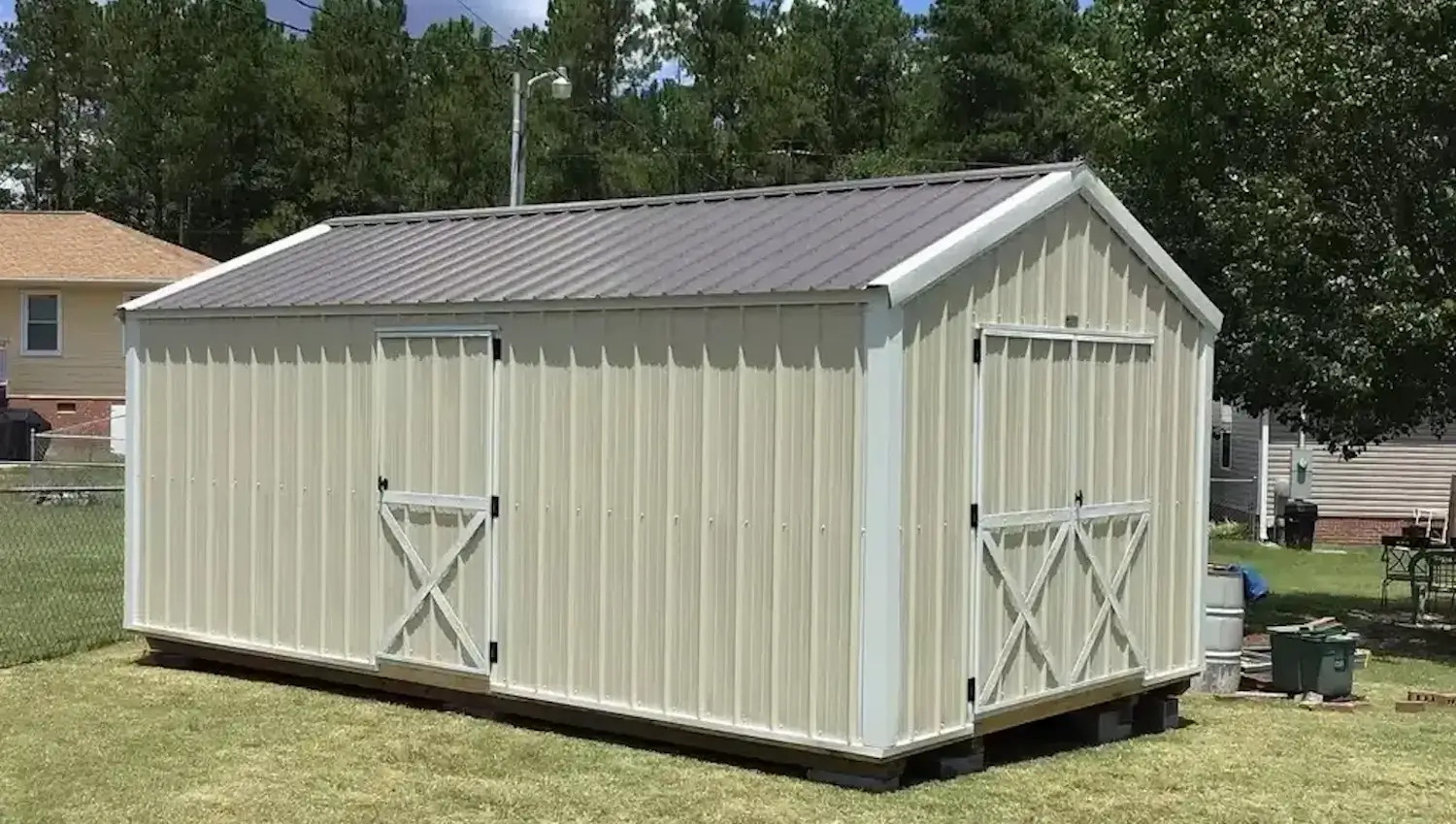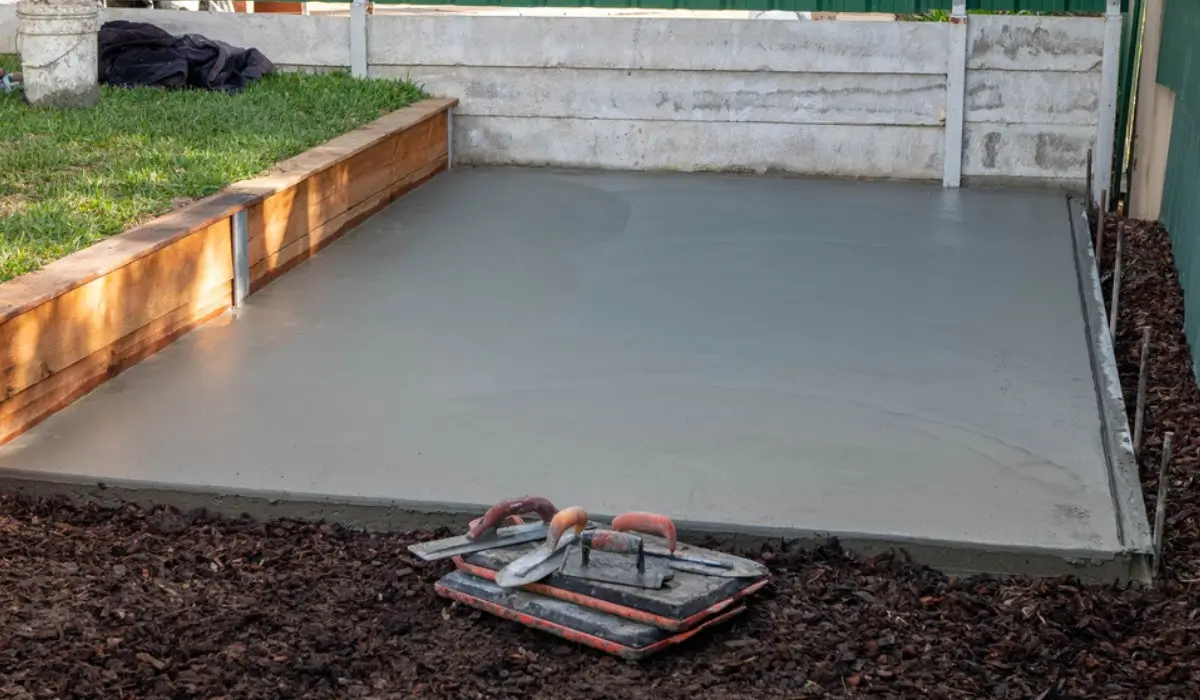
August 24, 2025

Concrete slabs are a major component of many construction projects. They can be seen just about anywhere in driveways, on patios, garage floors, in workshops and even in the foundation of many homes. They’re frequently overlooked as people see them as unremarkable, but a concrete slab does a lot in making sure a surface is flat, solid, and resistant to wear.
Without proper planning, they can crack, sink or wear out far earlier than anticipated. This generally occurs as a result of bad preparation, wrong thickness, or a cure time not being followed for the slab. This article outlines how to prepare the ground before pouring a concrete slab.
Concrete slabs are flat, horizontal surfaces made from concrete that are used to provide a strong surface or a strong foundation for many types of construction. They are one of the most commonly used construction materials as they are low-cost but add high value in terms of strength and stability.
There are two main types of slabs:
A lot of planning and preparation go into the site before any concrete is poured. A site that is properly prepared provides a slab with the sturdy base it needs in order to work for several years.
When deciding on a concrete slab for the new project, one of the first decisions that comes about is determining how thick it should be and whether or not the user will need to reinforce it. The thickness and reinforcement work together to provide the necessary strength and durability to the slab for its intended use.
The standard thickness is 4 inches of slab for most light-duty use, like patios, walkways and floors with no vehicles on a well-compacted, stable soil. This thickness offers the right amount of durability for everyday foot traffic, light furniture and even the occasional small things dragged across the room without any rips or tears, or shifting of the panels.
If the slabs are exposed to heavy use or have poor soil conditions, people need extra thickness. 6–8 inches is recommended for:
Thickened edges or turndown beams can be added at the periphery for stability. These deeper edges serve as little footings that help prevent edge cracking and provide stability.
Concrete, as it cures, naturally shrinks and can crack. Control joints are deliberate cuts that direct cracking in a prescribed direction.
This space is ideal for avoiding random cracks and keeping the slab looking consistent.
Thickness provides compressive strength, and reinforcement improves crack resistance and tensile strength. Two of the most popular types of reinforcement are these:
Reinforcement should be at mid depth not at the bottom of the slab. If the water table is so low that it's going to collapse during the pour, it won't be able to fulfill its role in stopping the formation of cracks.
A slab of concrete is more than just a pile of cement. There are a few expenses, so if people plan for all of them, it can help the project stay on budget. The primary categories to evaluate are materials, labor and tools, as well as reinforcement and curing supplies (or whether to hire professionals or do it yourself).
Concrete is priced per cubic yard. To determine the concrete slab cost per square foot:
Order enough to be a little more than the calculated amount to allow for spills and uneven ground.
Even DIY has labor-related costs especially for tools. Common expenses include:
Reinforcement and curing products are also necessary for a correct slab. Steel rebar or wire mesh should be in the budget, as it will make the slab stronger and keep it from cracking. The slab itself is usually covered with a vapor retarder such as a heavy plastic sheet. After casting, curing compounds, sealers, or curing covers may be required to prevent drying and improve strength.
After the site preparation and procurement of materials, pouring and finishing are the most critical parts of the process. How the concrete is placed, leveled and cured will determine how strong, durable and nice-looking the slab will be.
Concrete reacts strongly to weather. The problem with a too slow curing time for concrete slab is serious:
Concrete does best if poured in constant, mild temperatures.
The mix quality affects the long-term strength of the slab.
Concrete should be poured separately and leveled to produce smooth, level surfaces. The basic sequence includes:
Concrete naturally shrinks when it cures, so control joints are needed to stop it from cracking in random spots. These joints are saw-cut or tooled in the slab shortly after the surface has stiffened, but before the concrete is fully hardened. The general rule is that joints should be cut to a quarter of the thickness of the slab. The spacing is also important as closer joints are required for thin slabs.
When concrete dries too fast, it shrinks and cracks. Curing slows this process, which helps the chemical reaction taking place inside the concrete (a reaction called hydration) proceed at a more even pace. The end result is a stronger, more durable, surface resistant slab that is less prone to surface problems like dusting, scaling, or early cracking.
There are a number of ways to cure a slab properly, but all involve holding concrete moisture during its formative days.
The slab should be adequately moist for a minimum of seven days to achieve adequate strength in most cases.
Simple methods can be effective for small projects. The slab can be covered with wet blankets or towels as soon as it has set to the point where it will bear a cover. They should be maintained as wet as possible. Another simple approach is to mist the surface each day with a garden hose, making sure the concrete never dries too rapidly.
The weather has a lot to do with how curing should be approached. In hot weather, shade the slab or lightly dampen the surface to retard drying. In winter, it is insulated with straw mats or thermal blankets to prevent the concrete from freezing, which would permanently damage it.
Concrete shrinks by nature as it sets, and this shrinkage commonly leads to cracked concrete. Other factors include uneven settling underneath the slab, temperature or moisture changes that cause the concrete to expand and contract, or the force of heavy objects on weak spots. If these things are missed in planning, cracks will most likely show up sooner or later.
Concrete will inevitably crack, but control joints ensure it cracks in the right places. This is achieved by saw cutting or forming control joints in the slab. These joints make weak lines where cracks can occur easily and predictably, rather than just anywhere across the surface.
For instance, a 4-inch slab may need a joint after every 4 to 6 feet. Through planned joint location, cracks can be directed so the strength and appearance of the slab are maintained.
Here are a few common mistakes that can lead to cracking:
In fact, even well-constructed slabs can end up with small cracks. Good maintenance can help prevent them from getting worse.
Concrete slabs might seem like just another building material, but they are also an essential component of many homes and outdoor living spaces. Their longevity and strength are contingent on good planning and careful work. With the correct technique, the concrete slab thickness for the patio will be durable and long standing for several decades, whether it is used for a patio, driveway, garage floors, or slab foundation guide. Growcycle marketplace has useful guides and industry insights for people looking to learn more about construction, building materials and practical tips for the projects.
Disclaimer: This material is for informational purposes only and should not be relied on for legal, medical, financial, or any other form of professional advice.
Prepare the site for the pour by digging out and removing topsoil, compacting the base, and adding a layer of gravel. Install a vapor barrier, build solid forms and consult local codes or permits.
The 4-2-1 rule refers to a basic concrete mix ratio: 4 parts gravel, 2 parts sand, and 1 part cement. This blend of strengths will be ideal for the variety of projects a typical contractor would be involved with.
Once the base and forms are in place, evenly pour in the concrete, level it off with a screed, smooth out the surface with a float, and finish with a trowel. Cut the control joints early and cure the slab with constant moisture.
For a small 10x10 slab, rebar may not be needed if the slab is less than 4 inches thick and is not used for heavy loads. But strength goes up further if you add wire mesh or rebar and that helps avoid cracking, especially on softer soils.